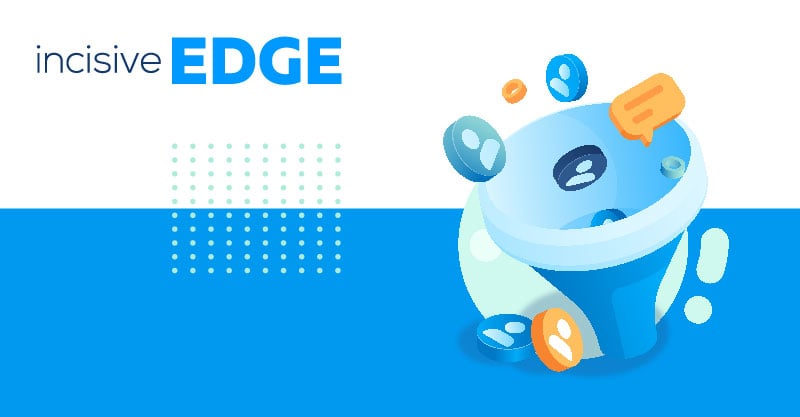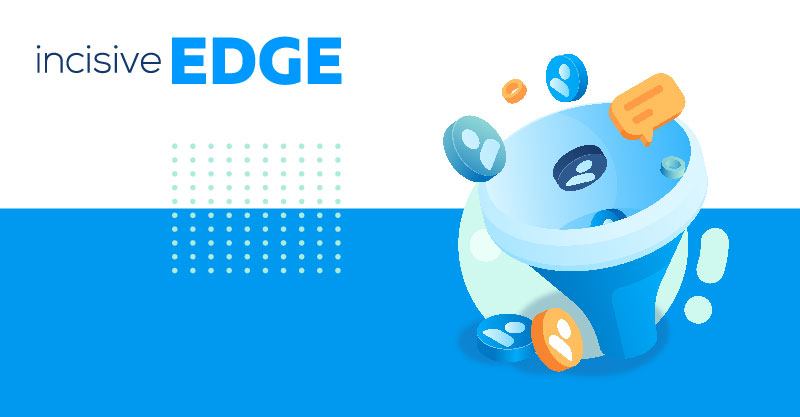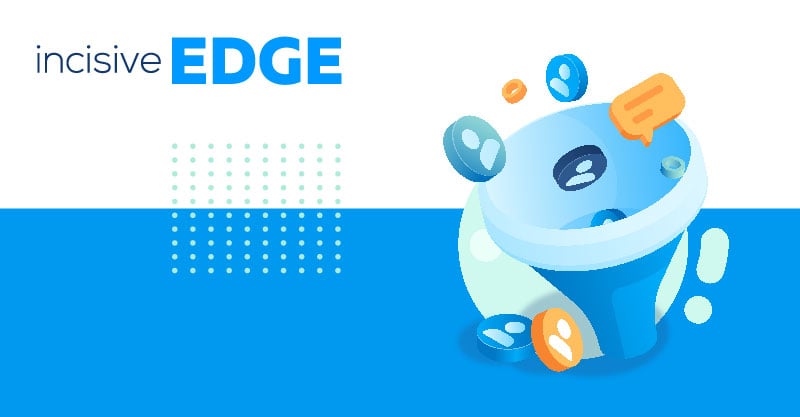Emotional marketing is the smart inbound marketing agency’s secret weapon.
All marketing is about promoting and selling products and services to human beings. And since human beings are feeling, emotional creatures that are very reactive to an emotional response, it is of course those inbound marketing materials that have an emotional appeal that are the most effective.
This reasoning is instinctual, but there is much research to back it up. According to Dan Hill – one of the most recognised authorities on the role of emotions in consumer (and employee) behaviour – it takes less than three seconds for a person to have a gut reaction. And, not only that, but, as he explains in his book Emotionomics: Leveraging Emotions for Business Success, “Our emotional reaction to a stimulus resounds more loudly in our brain than does our rational response, triggering the action to follow.” (Emphasis added).
In other words, we feel the emotional connection first and think second – and those feelings (the emotional reaction) have greater influence over our actions (such as purchasing decisions) than our cognitive thoughts (the rational response).
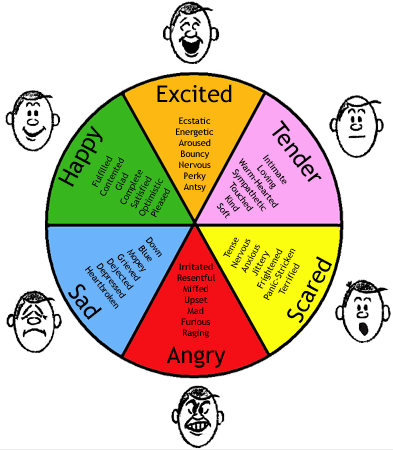
What’s more, when these emotional reactions to a stimulus are triggered, not only are they more powerful than our rational reasoning, but they last longer. As Hill describes it: “neurons that fire together wire together […]. The experiences we have actually rewire the brain by fusing together neural networks. As a result, what we’ve already seen will predispose us to what we can see the next time around. That incumbent advantage makes the next action more intuitive and quicker because it leverages a network already in existence.”
What this essentially means is that our emotions – rather than our rational, cognitive thinking and reasoning – have a more profound impact on our actions. They create lasting, instinctual impressions, and subsequently predispose us to follow the same course of action in the future. Knowing that, applying effective emotional marketing strategies to get your target audience to complete an action is the best decision you can make.
What this Means for Inbound Marketing
One of the main purposes of inbound marketing is to educate. But, as Hill’s research reveals, appealing only to the rational side of human nature is not enough – we must also arouse emotions and create emotional connections between your target audience and your brand. If we are going to ensure that we create a lasting impression. We need to go straight for the gut, and, if successful, stimulate those emotional triggers that influence how our ideal customers make decisions – not just immediately, but over the long-term.
For brands and businesses, this is all very powerful information to have to have in order to know what to prioritise in their marketing efforts. And indeed, many are capitalising on it through the creation of emotional marketing materials that are designed not so much to educate (that can come later), but to incite specific emotions in consumers – emotions that will quickly become directly associated with the business or brand in question.
So, how are brands building emotional appeal into their inbound marketing materials and emotional marketing strategy? Below, we’ve compiled a short list of three of the most stirring emotional marketing campaigns of recent times.
We present them as inspiration for your own emotional marketing campaigns. Take a look, think about how they’re working on consumers’ emotions, and consider how you could use something similar to do the same.
3 Inspiring Examples of Emotional Inbound Marketing
1. John Lewis
It was the most-shared ad of 2016 – John Lewis’s Buster the Boxer was the retailer’s famed Christmas ad which first premiered on YouTube. We say “famed”, because John Lewis hits consumers with one of these emotionally engaging adverts every Christmas without fail, and, as soon as we see it, we know that the festive season is just around the corner. John Lewis mastered the art of producing purely emotional content that creates great emotional responses.
This advert uses the hugely powerful emotional inbound marketing technique of storytelling. The Independent ran a feature on the ad the day after its release, interviewing marketing experts and consumer neuroscience specialists about the emotional marketing techniques at play.
Heather Andrew, UK chief executive of consumer neuroscience specialists Neuro-Insight, said: “Our brains love a story, particularly including puzzles with question and answer patterns. John Lewis played on this perfectly with a series of teaser ads featuring the nodding Buster, which led up to the grand reveal this morning.
"In the ad itself, we see Buster nodding away again, and as the trampoline is constructed we receive more clues about how this story might conclude. This gradually unfolding storyline is what keeps us engaged, with the final pay-off being Buster himself getting his own bounce on the trampoline."
The advert also uses animals to elicit an emotional response. Not only Buster the boxer dog, but a menagerie of British wildlife all bouncing up and down on a trampoline, having fun and looking cute. How can we fail but to be moved by such a sight? It’s a feel-good moment that somehow captures the spirit of Christmas.
Combined with the impactful music and strong narrative, this is one of the best emotional marketing campaigns of recent times, and so it’s no wonder that it was such a hit on social media. As Will McInnes of Brandwatch added in the Independent article: "As marketers, we know that a great ad is all about eliciting emotions. It’s classic big brand storytelling, meets distribution in the social age. In most campaigns, purely emotional content performed better than any other type. Essentially people won’t share boring content and John Lewis knows it. In a world where our attention is pulled in so many different directions, it’s a reminder that a good story still matters."
2. Save the Children
When it comes to emotional inbound marketing, it’s not just the “positive” emotions – happiness, excitement, awe – that marketers prey on. Sometimes, depending on the campaign, it can be the “negative” ones – sadness, fear, anger – that will have the desired effect.
Save The Children’s Most Shocking Second a Day video again uses storytelling, but this time to reimagine how the UK would be affected if it were in the throes of foreign invasion and war – through the eyes of a little girl.
It captures just one second a day of the girl’s life in these allegorical circumstances to paint a picture of how it is children who are the biggest victims of conflict – appealing emotionally to viewers to consider the children caught in the ongoing war in Syria.
The final message, “Just because it isn’t happening here doesn’t mean it isn’t happening” brings the two worlds together. Our natural, human desires to help children are aroused most brilliantly, motivating us to take action – in this case, donating to the charity.
The video went viral, reaching 21 million views just four days after its release.
3. Nike
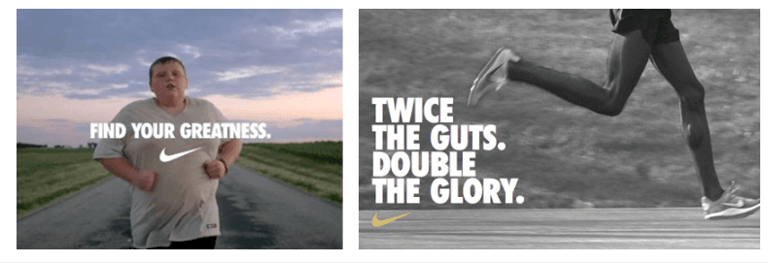
Nike has long used emotional marketing to differentiate itself from its rivals. On a purely rational level, it’s a brand that sells sportswear. That’s great of course – but so is Reebok, Adidas, Puma, and goodness knows how many others.
But Nike’s inbound marketing strategy does something differently – or at least more effectively – than perhaps all of the others combined (Forbes names Nike as the world’s most powerful sports brand). It makes an emotional appeal to its target customers through tapping into their “inner hero”.
It’s a smart move – Nike’s customers are naturally made up of fitness and sports enthusiasts who are constantly challenging themselves to run faster, be stronger, and perform better in all of their sporting pursuits.
But Nike also adds a rather cunning twist to its emotional marketing campaigns. It turns its customers into both the hero and the villain of an ongoing drama. The challenges that Nike’s customers face when they are pursuing their own fitness are internal ones. When training, people force themselves to “just do it” and push a little harder, go that extra mile, and thusly overcome their inner weaknesses (the villain) and become victorious (the hero).
Emotional marketing consultant, Graeme Newell, describes it like this: “You are the hero and your lazy side is a villain. [Nike] knows that while some people may identify with an external foe, all people identify with an internal foe.” The result is that Nike manages to emotionally connect with its customers’ inner sense of determination, strength and achievement.
Here’s a short video from Newell himself explaining how and why Nike’s emotional marketing campaign has been so successful for the brand.
Back to You
Emotional marketing works. It works because we feel first, think second. Making our customers and potential customers feel strong emotions towards our brand does more than a rational product description or list of features ever could. And, if we get this connection right from the outset, a lasting impression is created that not only inspires our customers to take action (buy our products or services), but also predisposes them to take the same action again in the future (thusly improving customer lifetime value).
Use these three emotional marketing examples to give you inspiration for your own inbound marketing initiatives, and forge greater and longer-lasting connections with your customers going forward.





